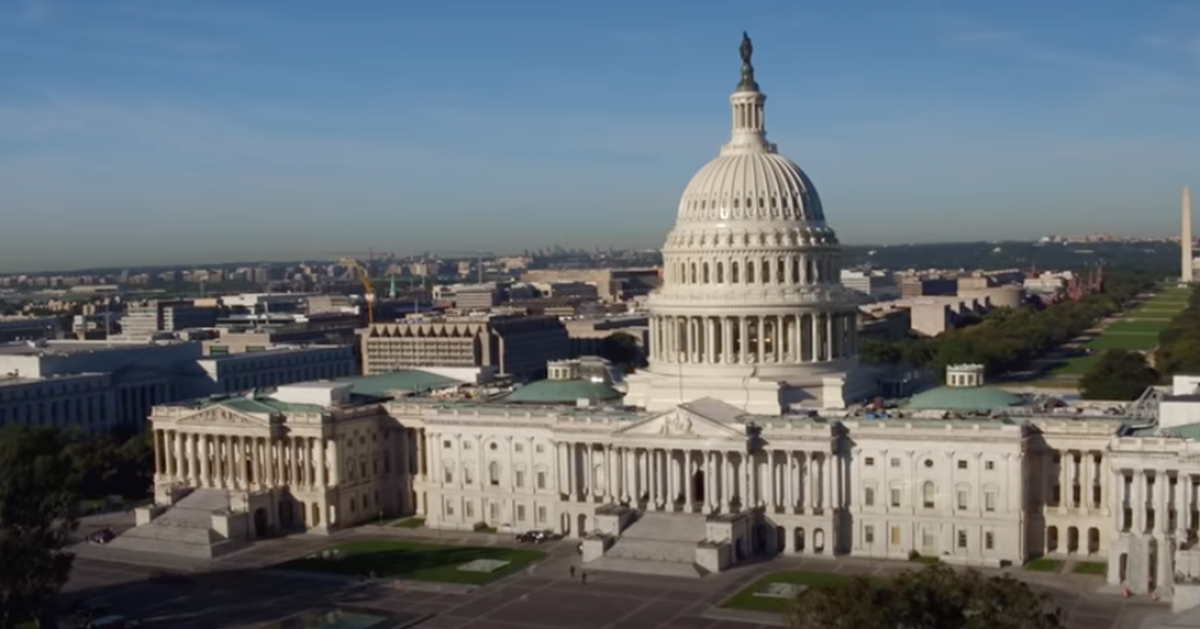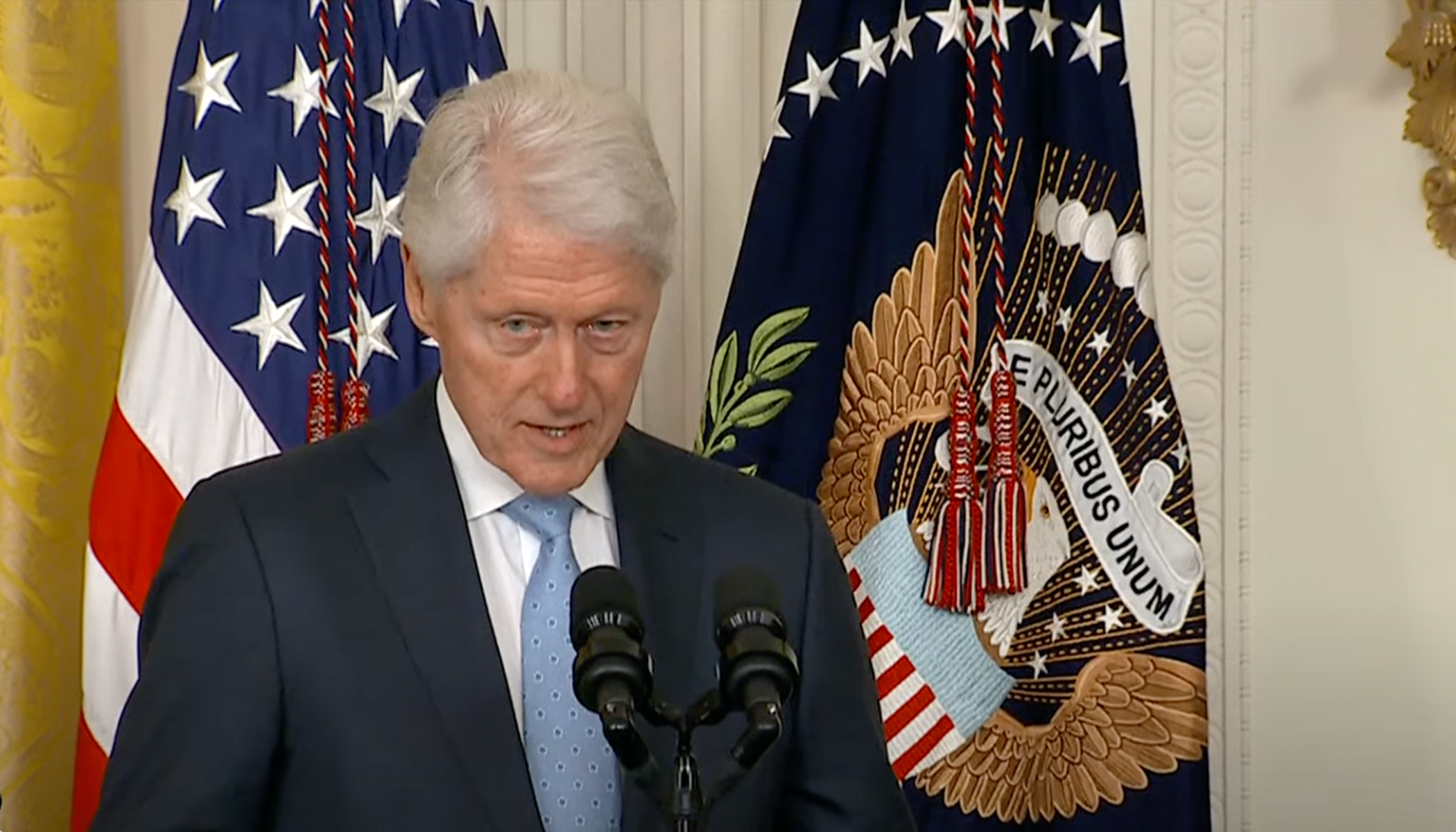Hegseth implements new transgender policy across military
In a decisive move signaling a change in military policy, Defense Secretary Pete Hegseth has barred new transgender recruits from enlisting, as outlined in a recent directive from President Donald Trump.
This directive from Hegseth and Trump marks a significant departure from the military's previous stance on transgender members, potentially affecting the lives and careers of thousands of individuals, as Fox News reports.
Hegseth Signs Key Memo
On Feb. 7, Hegseth signed a memo enforcing the new policy, which immediately stops any new transgender individuals from joining the ranks.
The memo explicitly states that the military has "paused" all new accessions for those with a history of gender dysphoria. This comes on the heels of Trump's executive directive, which prioritizes military readiness and capability.
The policy shift also puts a halt on medical procedures related to gender transitions for current service members. According to Hegseth, scheduled or planned gender-affirming procedures must stop pending further guidance. The Department of Defense did not comment on how these changes would affect the 9,000 to 14,000 estimated transgender troops currently serving.
While the specifics remain ambiguous, Hegseth’s directive assures that service members will be treated “with dignity and respect,” emphasizing a commitment to fairness despite the suspension of gender transition initiatives.
Trump's Focus on Traditional Military Practices
The president’s executive order goes beyond enlistment policies, ending the use of gender-neutral pronouns in Department of Defense communications. It also calls for facility regulations based on biological sex, emphasizing a return to traditional military practices.
This order from Trump counters an executive order from President Joe Biden, which had made allowances for gender identity within military operations. The contrast between these directives underscores the shifting political terrain surrounding military inclusivity and identity acceptance.
Trump argues these policies are critical to restoring a focus on the military’s core mission: readiness and cohesion. However, critics argue the policy reversals undermine progress made since 2014 when President Barack Obama lifted the previous ban on transgender service members.
Debate Over Military's Approach to Diversity
Hegseth has been critical of diversity, equity, and inclusion efforts within the military. During a military town hall, he described the phrase "diversity is our strength" as the "single dumbest" in history. Instead, he advocates for unity based on shared military purpose, rather than individual identities.
“Regardless of how we grew up," Hegseth added, "our strength is our shared purpose.” He emphasized that all members of the military should be judged on their merit and commitment.
The memo also references this sentiment, highlighting a renewed focus on equality through a lens of perceived merit over identity factors such as gender or race.
Historical Context of Military Policies
The new restrictions reignite debates from nearly a decade ago when the Obama administration dismantled the previous ban on transgender service members. Since then, policies have shifted based on presidential preferences, oscillating between inclusive and exclusive approaches.
Under Obama's leadership, an environment of inclusivity was fostered, recognizing the contributions of transgender individuals. However, Obama's successor, Trump, has prioritized revisiting these policies with a different objective: standardization focused on traditional military values.
The financial implications have also been highlighted, with reports revealing the Department of Defense has spent approximately $15 million on transgender-related medical procedures between January 2016 and May 2021.
Uncertain Future for Transgender Service Members
The new policy could have far-reaching effects on the military community, specifically regarding the careers of transgender individuals actively serving. With directives in place, the responsibility now falls to the under-secretary for personnel and readiness to provide detailed guidance on the policy’s implementation.
Until further instructions are issued, those within the military who are affected face uncertainty, both professionally and personally. The future of transgender service members will hinge on forthcoming decisions from military leadership.
As the broader implications of this policy develop, ongoing analyses will likely scrutinize the impacts on psychology, morale, and operational efficiency within the armed forces. Ultimately, how this will shape recruitment, retention, and performance remains a pressing question for military analysts and stakeholders alike.





